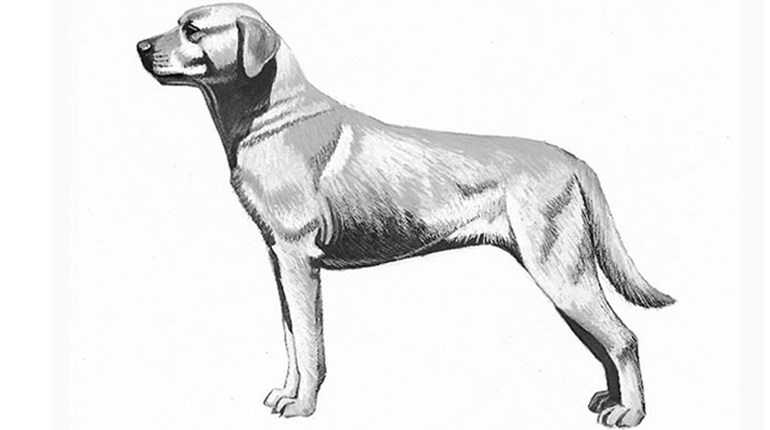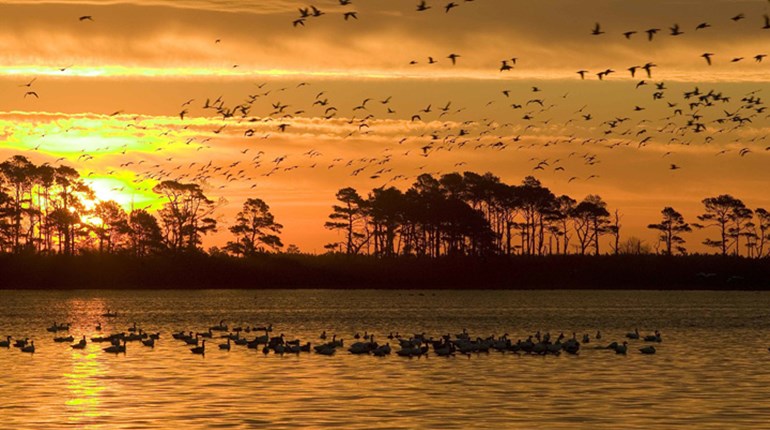It’s around this time every year that new life is breathed into the hunter’s soul. There’s a cool wisp of fall in the air; anxiety is building among bachelor bucks and migratory fowl; and mourning doves in my backyard increasingly eye my daily activities with great suspicion.
The doves need not worry, at least not those near my home. Shooting birds that spent the summer using my feeder seems to violate the rules of fair chase. But I have indeed begun plotting ways to find other, less domesticated birds, with the ultimate goal of tossing them in a pan and smothering them in bacon and pepper jack cheese.
For me, scouting for doves is as much about finding the right terrain features as searching for the birds themselves. Granted, there’s no better assurance of action than actually finding game in plentiful numbers. However, I’ve found a few types of fields that almost always seem to hold doves in sufficient numbers to justify a knock on a farmer’s door. Therefore by viewing a topographic or Google Earth map of your area in search of a few specific features, you’ll limit your search, thereby saving time and gas money. And I bet you’ll more quickly find doves. Here are four great setups.
Farm Pond
For a non-waterfowl species, doves are quite drawn to water. They enjoy a cool drink, sure, but ponds with pebbly banks are a strong draw for birds to fill their gizzards as well. The best dove pond is surrounded by agriculture, or at least has some nearby. A key advantage to the pond is it provides a focus point for the birds. How often have you watched dozens of doves trading in a field, all out of range? With a pond, they come to you. Doves descending to the bank are similar to decoying ducks—frequent misses occur by shooting over the birds. To me it’s a very exciting way to shoot a dove.
The favored time for doves to visit a pond (and therefore the best time to hunt one) is in the late afternoon prior to going to roost. Given that doves roost in pine trees, ponds with a few evergreens around also tend to be most productive.
Another reason I target ponds is I love bringing my dog along. During the September season, the weather can remain mild across much of the United States. What better way to keep your dog cool and happy than allowing him a quick dip in the pond?
Pine Stand
Given that doves prefer to roost in narrow stands of pine trees, productive hunting can be found in the morning and evening at such sites. If a second stand of pines is located nearby, then you’re really in the money. Hunting tends to be slower at midday, but doves can be found trading between the stands at practically any daylight hour.
One of my favorite dove-hunting locations consists of a cornfield directly adjacent to a one-acre patch of sunflowers. Pines border the corn at one end and another patch of pines borders the sunflowers. To this day it’s my most reliable spot to shoot a box of shells.
The terrain at my location is flat, but if you can find a small hill or rise between the pines, doves seem to fly overtop. I don’t even really understand why. Perhaps it’s a point of reference for them somehow.
Regardless, be observant of the doves’ flight path. Usually they don’t just fly at random, but rather travel the same corridor over and over—find a good place to hide, tuck in beneath the flight path and have fun.
Calling All Doves
Nature doesn’t always appreciate man’s intrusion into the landscape, but doves take to telephone wires and powerlines with enthusiasm. They use them as midday perches and are easily spotted, often in large numbers. It’s remarkable how much more productive a field of grain or other agriculture can be simply because a powerline crosses its center. The doves feed hungrily, then gather on the wire to digest their meals or take a siesta.
Perhaps you aren’t interested in hunting a field with such a stark reminder of technological progress. However, to be certain, if you find a field with food and a telephone wire covered in birds, buddy you are in business.
Harvested Field Edge
A few seasons ago I’d been shooting a harvested cornfield for several weeks with relatively good success. Then one day I arrived and—to my great disappointment—the field and its remaining corn stubble had been plowed under. My mood quickly improved, however, as the doves that poured into the tilled earth far outweighed my previous successes.
Unbeknownst to me at the time, a plowed field is one of the best environments to find doves. Plowed fields contain seeds, whether simply exposed by tilling the earth or recently planted for winter wheat and other late crops (in the latter case, farmers will especially appreciate your efforts). In any event, doves show up for an easy meal. As with the other setups, nearby pines or a powerline make such spots even more favorable.
Plowed fields seem to attract even more doves when additional crops or corn stubble are found nearby. Perhaps the birds like the variety of feeding opportunities. You’ll certainly appreciate tucking them into your vest.
You may have noticed two common variables to these setups: a place for the birds to eat and a place for them to rest. So, head out in search not just for a dove field, but the right one. You may just find yourself in the midst of some of North America’s most challenging and downright fun wingshooting.





































